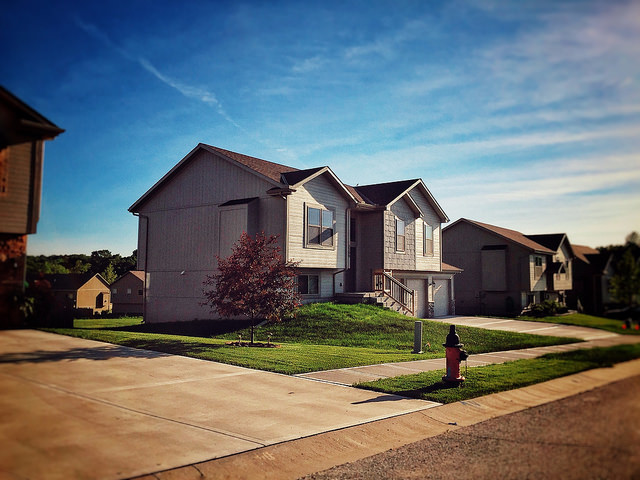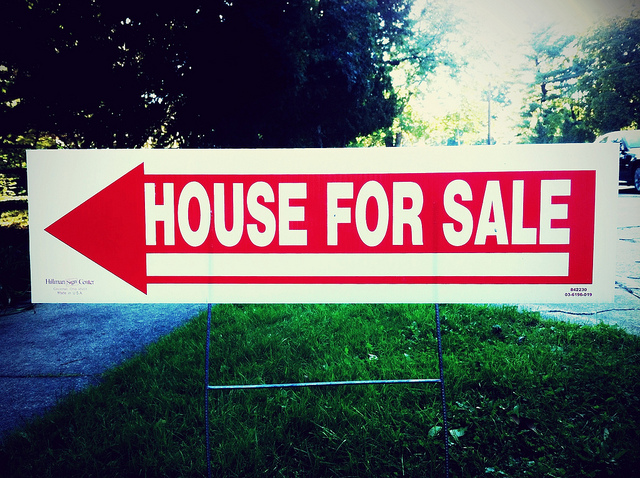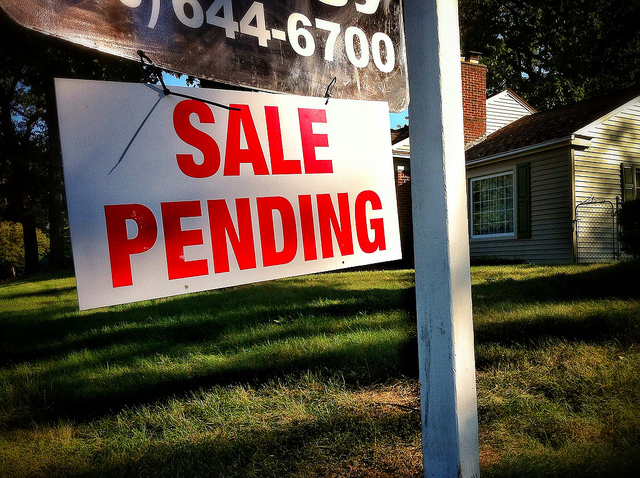Homeownership is a popular concept. When asked, most Americans say they hope to one day own their own home. So you’d think the homeownership rate would be consistent across the country with the share of the population that owns mostly equal from one region to the next. According to data from the U.S. Census Bureau, though, where you live plays a role in whether you’re more likely to be a renter or a homeowner. In fact, the data shows there’s a pretty significant difference in the homeownership rate from region to region. For example, the Midwest has the country’s highest homeownership rate at 70.3 percent, followed by the South at 67.3 percent. The Northeast and West, on the other hand, have fewer homeowners. The rate in the Northeast is 62.7 percent and, in the West, it’s just 61.9 percent. One obvious reason for the disparity is affordability. The east and west coast are generally more expensive, in addition to being more densely populated. But while that’s true, the West did see the biggest year-over-year increase in homeowners, with a nearly 2 percent gain through the first quarter of this year. (source)













